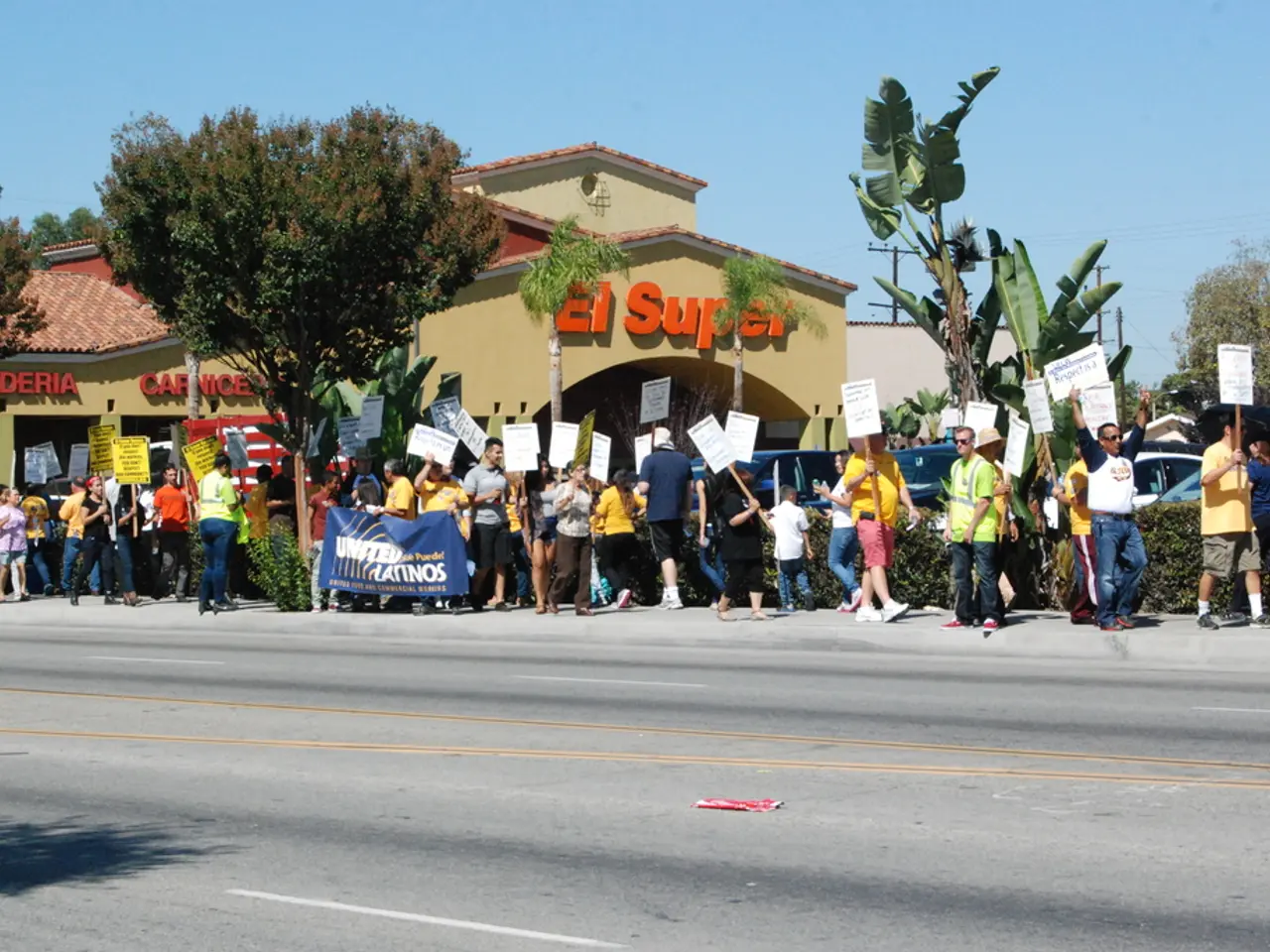Surveying Strategies for Opinion Polls and Elections
Opinion polls play a crucial role in political campaigns, helping candidates understand voter priorities, measure their popularity, and adjust strategies based on real-time insights. These surveys, designed to gauge public sentiment, voting intentions, and key political issues before an election, follow best practices that focus on sampling representativeness, scientific rigor, question design, and context awareness.
Sampling Representativeness
The sample must closely reflect the population surveyed in important demographics such as age, gender, ethnicity, education, party affiliation, and voting history. This ensures the poll's results mirror the electorate rather than just capturing a large but skewed sample. For electoral studies, targeting likely voters or registered voters with proper quotas leads to more accurate insights.
Scientific Methodology and Transparency
Following scientific polling standards is essential. This includes random sampling methods, minimal weighting adjustments when quotas are correctly set, and transparent disclosure of sampling frames and demographics. This helps gauge the poll's reliability and reduces biases.
Appropriate Method Selection
The choice of polling method depends on the question's nature. Quick polls are suitable for rapid, narrow questions, while deeper surveys (with mixed question types) are needed for nuanced understanding, such as message testing or voter attitudes. Internet surveys allow for multimedia questions and longer field durations, while telephone omnibus surveys offer national coverage within a few days.
Question Design
Clear, unbiased questions—both closed- and open-ended—are critical. This improves data quality and prevents misleading interpretations. Including questions about voter likelihood and previous behavior better models electoral outcomes.
Contextual Analysis
Comparing poll results with other data sources and past election results helps assess their validity. Polls can miss dynamic voter changes and may fail to capture underlying reasons behind opinions. Combining polling with qualitative methods like interviews or experiments provides richer insights.
Interpreting Polls Carefully
Accurate interpretation requires understanding the sample’s demographics, the universe surveyed, and methodological approaches. Bigger sample size does not imply better quality; representativeness matters more. Historic polling failures show the importance of cautious interpretation and methodological improvement.
Avoiding Public Misinterpretation
To prevent misinterpretation, it's important to educate audiences on sampling, margin of error, and the difference between trends and final results.
Designing a Survey
A well-designed sample ensures that the survey reflects the demographics of the voting population, reducing bias. It's recommended to use closed-ended questions whenever possible, keep the length short, use clear and concise language, test the survey on a small group of people before releasing it to the public, analyze the results, and use them to improve future polls or surveys.
Integrating Social Media Data
Social media data can be integrated into election surveys using social listening tools to identify emerging issues, voter sentiment trends, and online influence patterns.
Supporting Media and Candidates
Election surveys can help candidates make informed decisions about their campaign strategy and support the media's better understanding of important issues to voters.
Limitations of Opinion Polls
Despite their usefulness, opinion polls have limitations in predicting election outcomes. These include changing voter sentiment, inaccurate self-reporting, and unexpected turnout patterns.
In conclusion, the best practice is to conduct scientifically designed polls with representative samples and transparent methods, paired with thoughtful analysis and complementary research tools to inform campaign decisions effectively.
- Candidates can use general news sources, blog posts, and social media analytics to stay informed about the latest trends and issues in politics, gaining insights for their campaign strategy.
- A strong knowledge of policy-and-legislation associated with the election can help candidates make, communicate, and stance clearer on various issues, appealing to more voters.
- Social media data, when analyzed through social listening tools, can help design survey questions that better reflect the concerns of voters and improve the accuracy of opinion polls.
- Candidates might consider integrating qualitative methods like interviews or experiments in addition to opinion polls to achieve richer insights into voter sentiment and attitudes.






